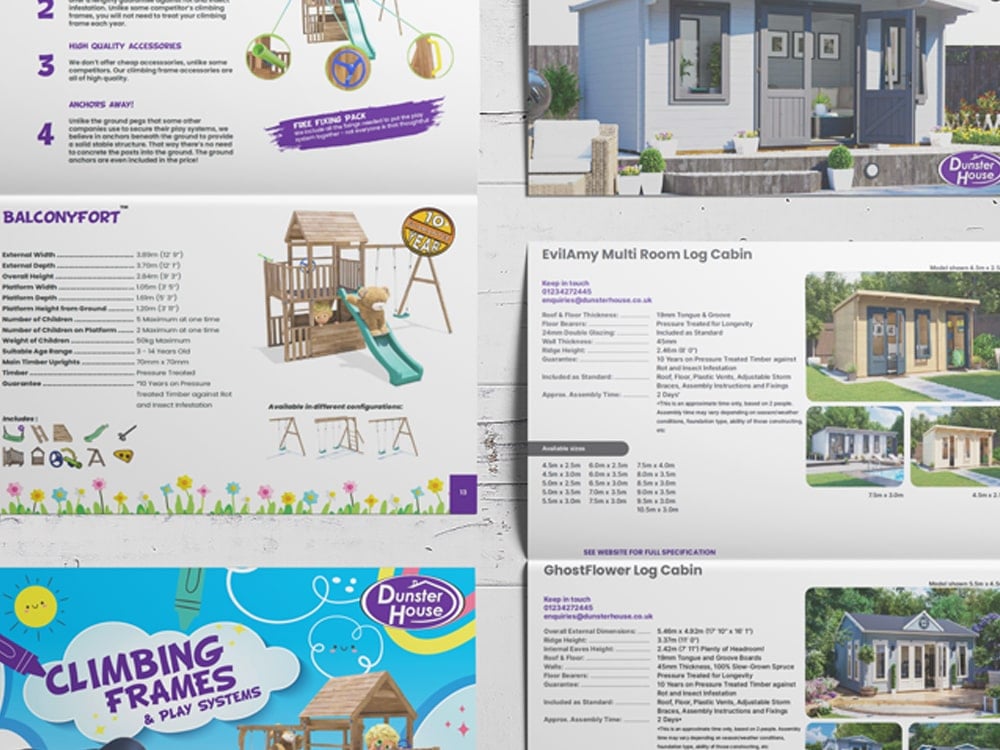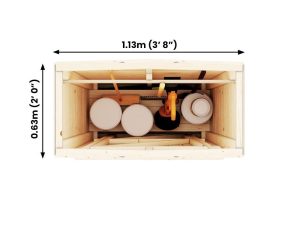With the RHS Chelsea Flower Show, the RHS London Rose Show and a whole variety of garden shows throughout the rest of the year – I’m personally looking forward to the RHS London Christmas Show in December – now is definitely the time to get excited about your garden! However, if you’re anything like me, you look in awe at these wonderful creations and wonder how you will ever transform your garden into anything resembling that.
I’m not going to try and explain how you can replicate the stunning poppies tribute that Phillip Johnson created or Diarmuid Gavin’s British Eccentrics Garden which comes to life every 15 minutes – although if you work out how to do this, please let me know! I just want to show you how to simply create a garden that you can’t wait to come home to.
Get your tools ready!
Be honest, how much gardening have you done over the winter months? I know I haven’t done much. Gardening tools, the same as any other, need to be maintained to remain of any use. Get into your shed and give all your tools a good cleaning; sharpen the lawn mower blades, shears and make sure your shovel, rake and other tools are in good shape before you start. If they’re not, replace them. If you take care of your gardening tools, store them in a garden shed like ours, these should last for a long time.
Don’t bite off more than you can chew
It’s easy to look at your garden and think that you’ll transform it entirely but, if you rush ahead, then you may become deterred and give up before it’s completed. Break your garden up into smaller, more manageable sections and don’t move on to the next until you’ve finished making gardening a lot easier.
Soil, soil, soil!
I don’t need to tell you that soil is one of the most crucial elements in your garden transformation. However, you can’t just dig straight into the ground and need to prefer your soil. I’m not going to lie, it is a labour heavy activity but it will help your garden to fully grow. You need to dig as deep as you can and make sure that you turn the soil repeatedly whilst breaking up any big bits of compacted soil. Take this opportunity to clear any rubbish or debris that may be in your soil. Depending on your soil type and PH level, you will need to add different things to balance it out – a quick look at Google will show you how to do this!
This step may take a few days as you need to add fertiliser, amendments and constantly turn the soil a few more times to ensure it is fully mixed.
Do your research!
Plants need to be matched to the environment they’ll be in; you can’t just go to your local garden centre and pick up any flower you want. In addition to matching the soil conditions, take some time looking at your garden during the day to find out if it is a sun trap or shady space and pick your plants accordingly – even the most dedicated gardener would find it difficult to get a shade loving plant to thrive in the sun. Plan out your garden accordingly – it may help to sketch it out on a piece of paper before starting.
The last thing to research is the different times of the year that your seeds need to be planted into the garden. This was news to me when I first started, as I just assumed that you don’t plant them in the winter, but there are different months to best grow varying plants.
Get the family involved
It can be easy to get lost into your garden, especially during the initial few months of building your garden, but why not get the kids involved and make it fun as well as educational. Give them a patch in the garden, plant the vegetables they want to and let them grow them until it’s time to pick them, peel them and cook them!
Give yourself a sanctuary
It’s great that you’re willing to put this amount of work into your garden and transform it into a stunning space but, as we live in Britain, you may find that you can’t use it some of the time because of rain, snow, and other harsh elements. Add a shelter to the corner of your garden that allows you to make the most of your garden no matter what the weather outside. It doesn’t have to be something huge like a Log Cabin or Summerhouse (although if you have the space that’s great) but could be something quaint like a Gazebo, which combines privacy and exposure in equal measure.








